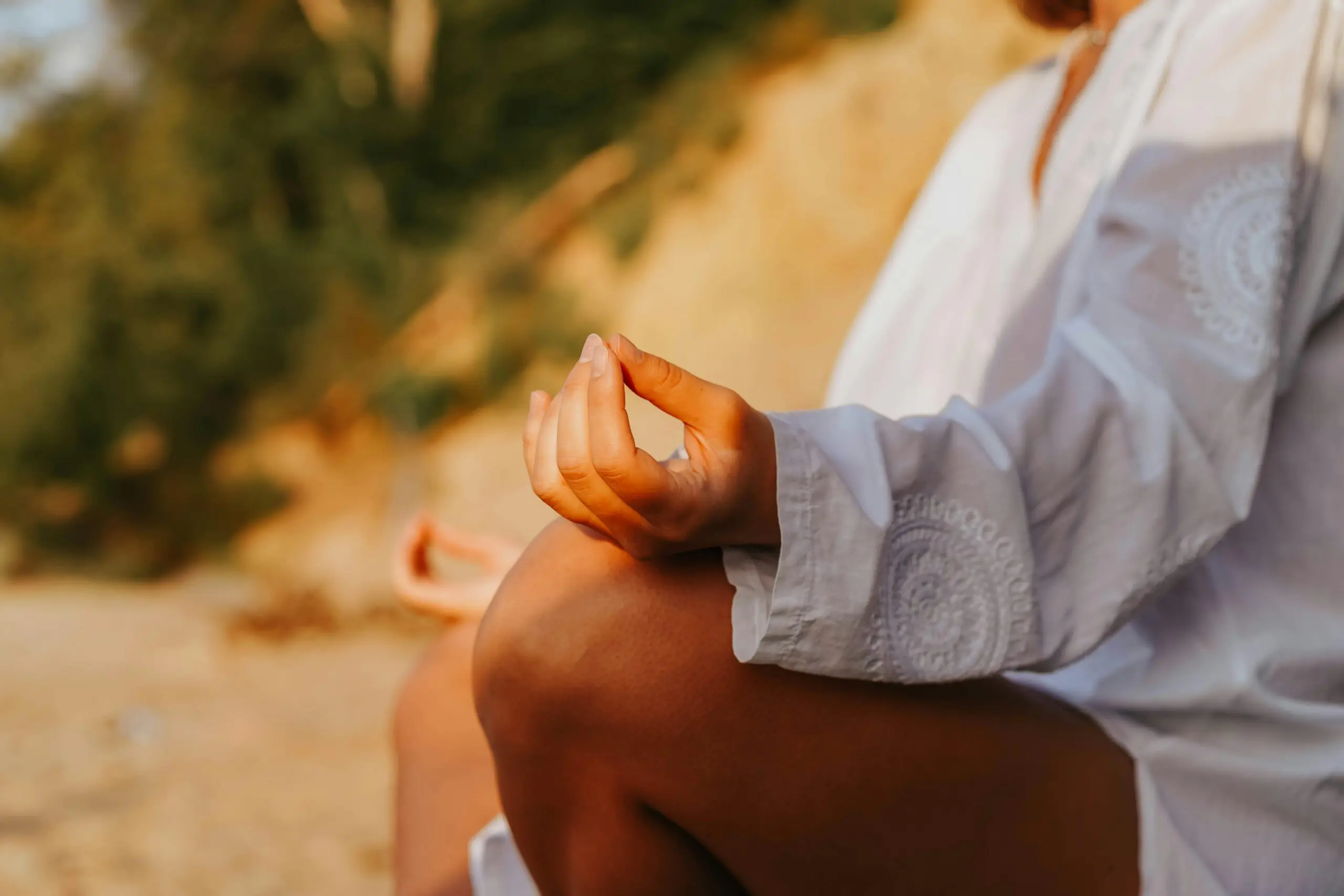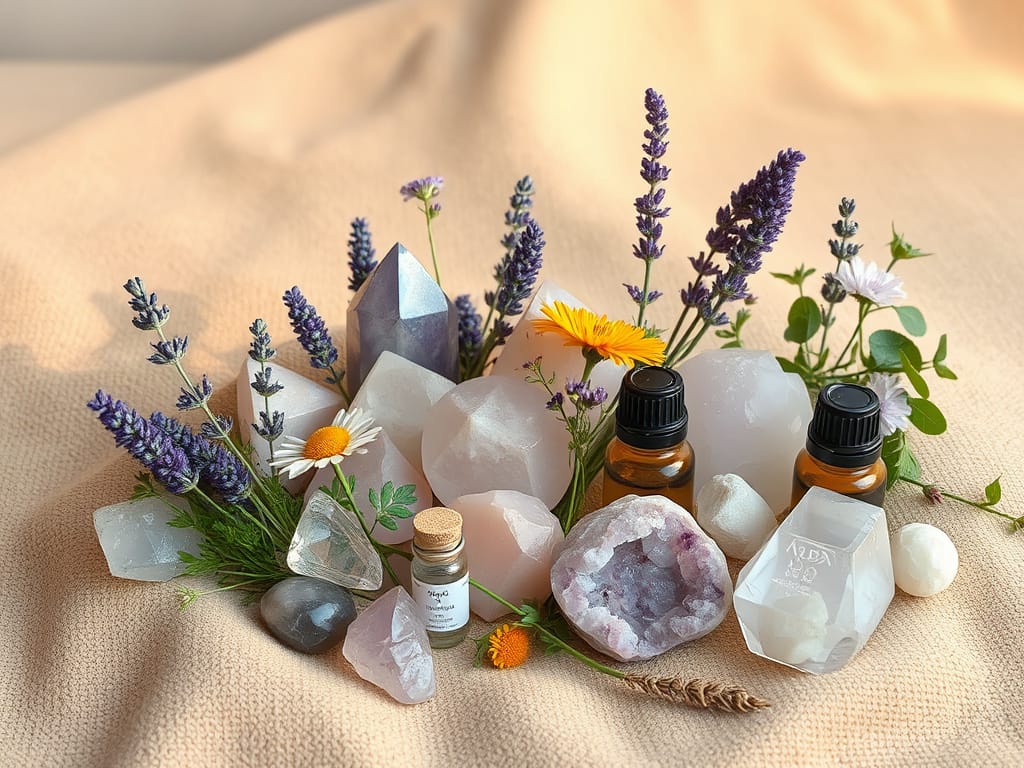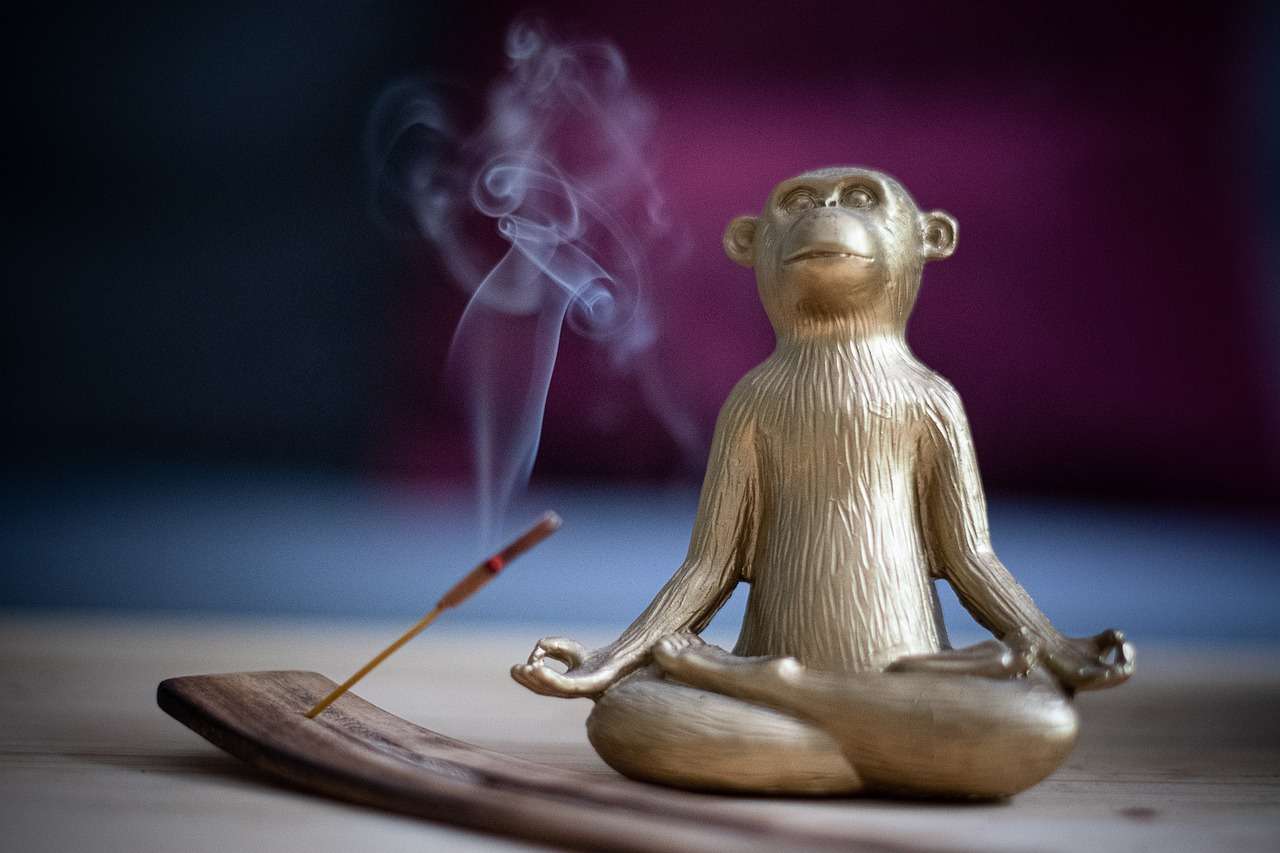Most of us live in fast-forward.
We rush from task to task, swipe through moments, and call it a life. But real presence – real living – starts when you learn to pause.
Meditation isn’t about becoming someone new. It’s about coming back to the person you were before the world told you to speed up, toughen up, and tune out.
You don’t need an hour a day or a guru on a mountaintop. You just need a few minutes, and a willingness to sit with yourself, exactly as you are.
Let’s get into it.
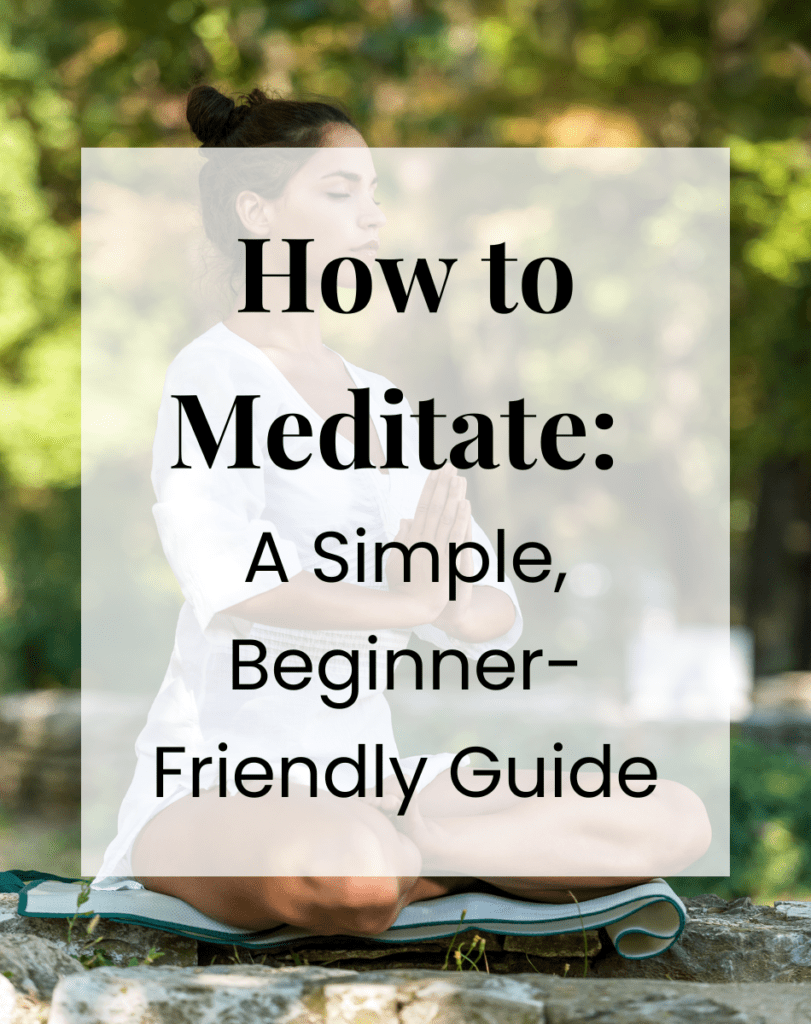
Affiliate Disclaimer: This article contains affiliate links. As an Amazon Associate, we may earn from qualifying purchases at no additional cost to you.
Understanding Meditation
Meditation is the practice of training your attention. It’s the art of noticing – your thoughts, your breath, your body – without getting swept away by them.
Meditation doesn’t require emptying your mind or reaching some magical state of peace. It’s much simpler (and much harder) than that: it’s about being present with what is, right now.
There are many types of meditation you can explore:
Mindfulness meditation focuses on observing your thoughts and sensations without judgment.
Guided meditation involves listening to a teacher or recording that leads you through imagery, relaxation, or focus exercises.
Transcendental meditation uses a mantra – a repeated word or phrase – to help quiet the mind and settle into a deeper state of awareness.
A few common myths still float around:
No, you don’t have to sit cross-legged for hours.
No, you don’t have to “clear your mind” completely.
And no, you don’t have to be spiritual, religious, or “good at it” for meditation to work.
Meditation meets you exactly where you are, not where you think you should be.
Getting Started with Meditation
You don’t need a mountain retreat, a special cushion, or hours of free time to start meditating. All you need is a few minutes and a willingness to pause.
Start by choosing a quiet, comfortable space – not perfect, just calm enough to hear yourself think. This could be your bed before sleep, your kitchen table with a cup of tea, or a quiet bench on your lunch break. The real magic happens when you create a consistent habit: same time, same space, even if it’s just five minutes a day.
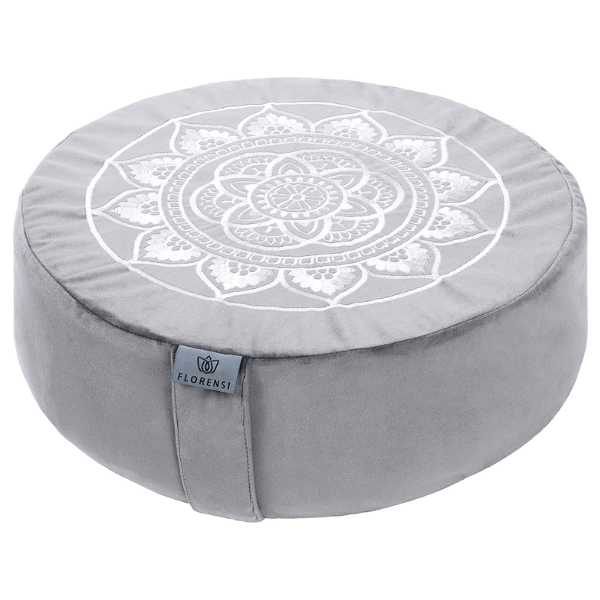
Florensi Meditation Cushion
This thick round floor cushion works as a bolster pillow for restorative yoga, meditation, or cozy floor seating.
Not a fan of sitting still? That’s okay.
Walking meditation is a powerful, underrated practice where you bring awareness to each step. No headphones, no distractions – just the rhythm of your feet, your breath, and the sensations around you. It’s a moving pause that reconnects you with the now, especially if you have a busy mind or an active lifestyle.
Here’s how to set yourself up for success:
The most important thing isn’t how you meditate, it’s that you do. Meditation is like watering a plant. It’s not about dumping a gallon once a month, it’s about a little bit of care, consistently, over time.
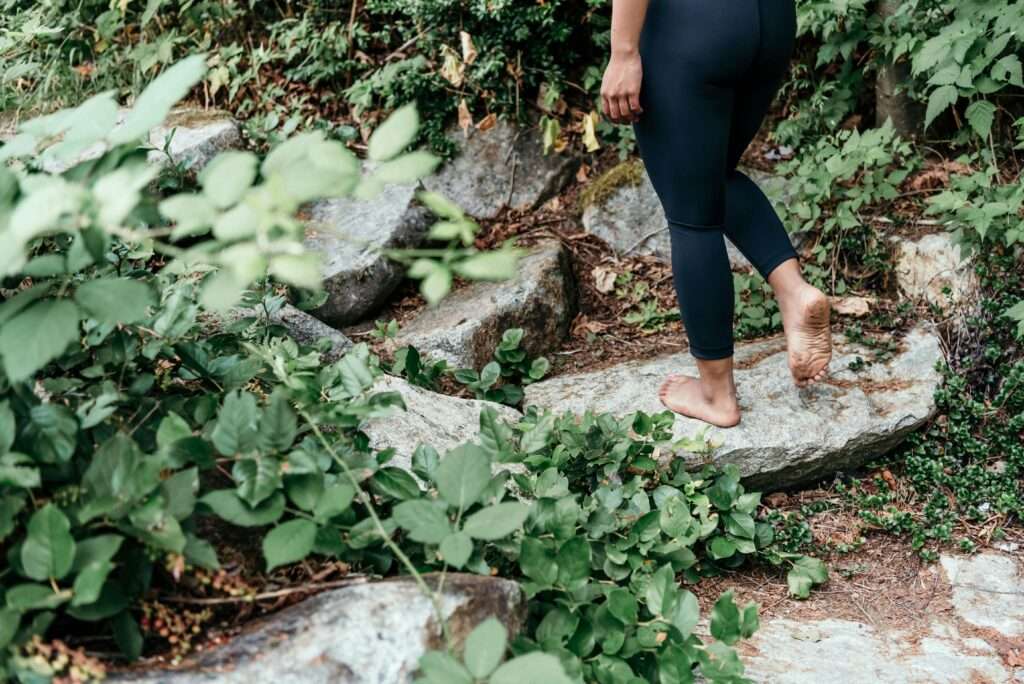
Techniques for Successful Meditation
Not sure how to actually do it? Here are a few simple techniques you can try:
Some days your mind will be restless. Some days, it will feel easy.
The key is to let go of judgment. Meditation isn’t about doing it “right”. It’s about showing up for yourself without needing to be perfect.
When distractions come up, treat them like clouds passing through the sky: acknowledge them, then return your attention to the present.
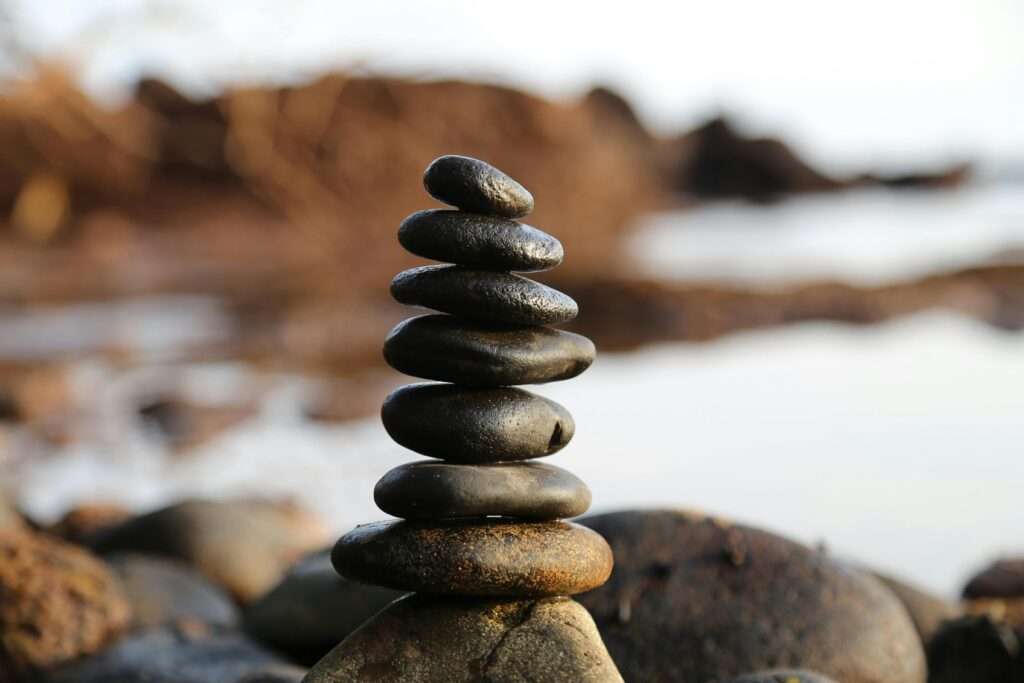
The Benefits of Regular Meditation
Meditation doesn’t just feel good in the moment – it literally reshapes your brain.
Studies show that regular meditation can:
Physically, meditation can help lower blood pressure, improve sleep, and reduce symptoms of anxiety and depression. Emotionally, it can build resilience – the ability to face challenges without crumbling under them.
Meditation doesn’t magically make life easier. It can make life more livable – fuller, calmer, richer in moments you might miss if you stay stuck on autopilot.
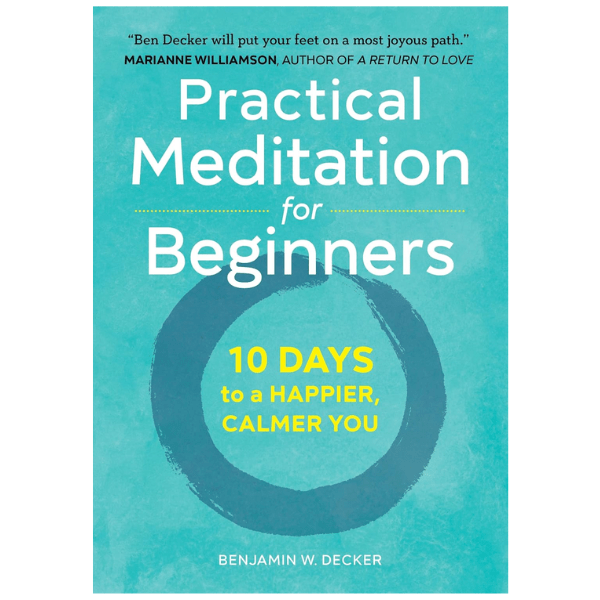
Practical Meditation for Beginners: 10 Days to a Happier, Calmer You
Finding Stillness
Meditation isn’t about escaping your life. It’s about learning how to live it – fully, courageously, awake.
You don’t need to be an expert. You don’t need to feel ready. You just need to begin. Start with just one breath. Inhale deeply, feeling the air fill your body, and exhale slowly, releasing any tension. And allow yourself a moment of stillness.
If you found this guide helpful, share it with someone you care about – because everyone deserves a little more peace.
If this post resonated with you, pass it on – share it with a friend who might need a moment to pause too.
Ready to go deeper?
Explore these next:
5 Best Incense for Deep Meditation & Spiritual Growth
8 Powerful Benefits of Tibetan Singing Bowls for Meditation and Healing
And if you’re on a journey to live more mindfully, don’t forget to subscribe for future posts, tips, and gentle reminders to come back to yourself.
This is just the beginning.
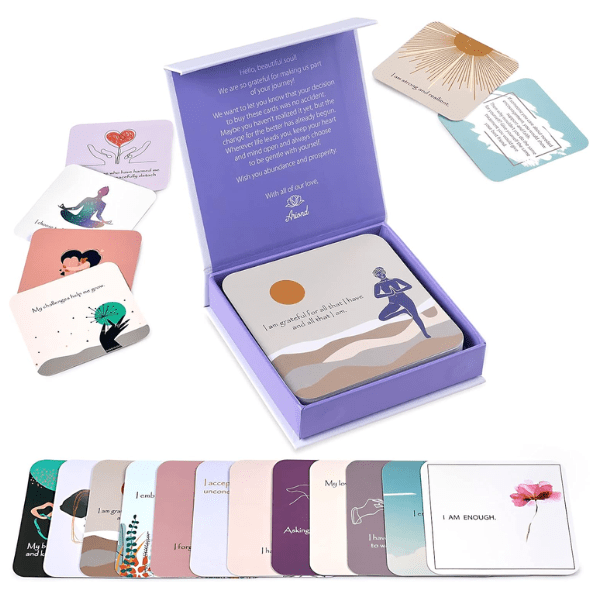
Positive Affirmations Cards for Women
With Thought-Provoking Questions, Daily Affirmations, Mindfulness, Meditation & Inspirational Cards
